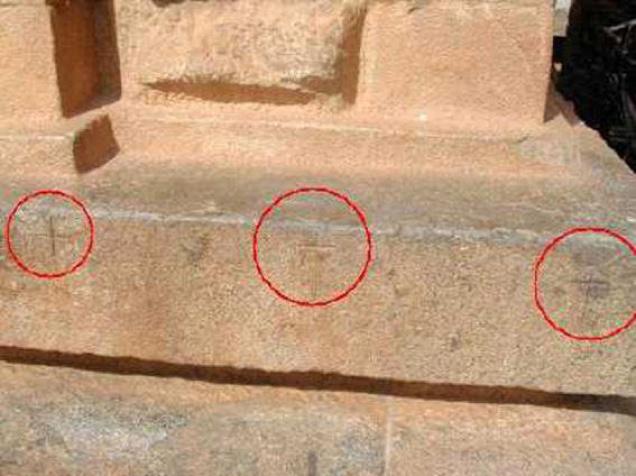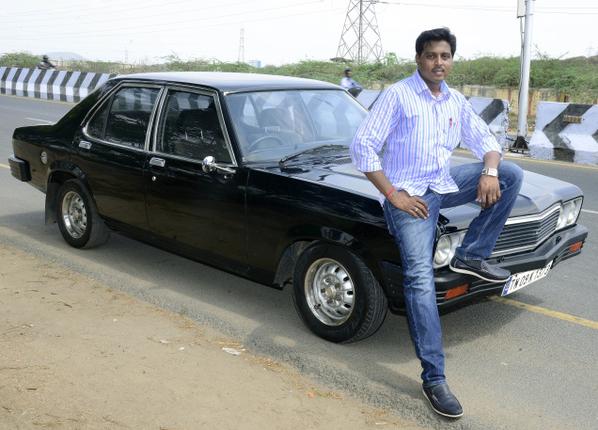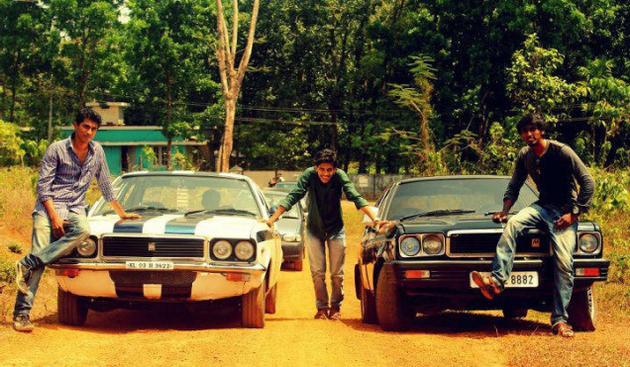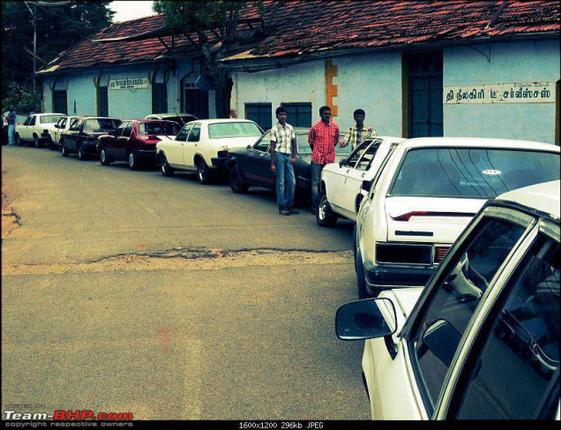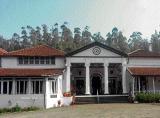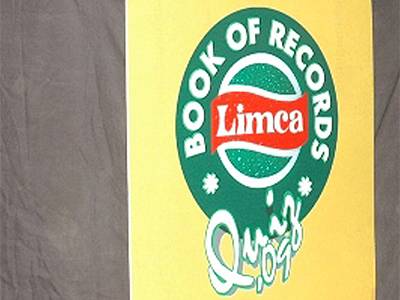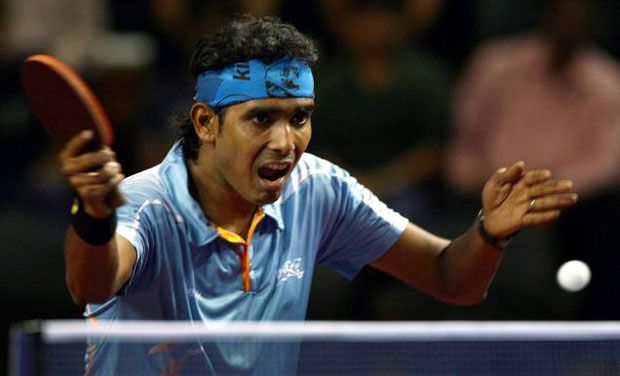A rather confused reader, L.A. Rajendra sent me a letter shortly before May Day wondering who really had started the first trade union in Madras. He’d heard of at least four claimants to that honour and was thoroughly confused by not only these claims but also by the different stories circulating about those beginnings.
In fact, I’ve heard six names mentioned, Annie Besant and Ramanujalu Naidu were the additions to Rajendra’s four: M. Singaravelar Chetty, B.P. Wadia, G. Selvapathy Chetty and Thiru Vi Kalyanasundaram Mudaliar. But as far as I can gather, the story goes like this.
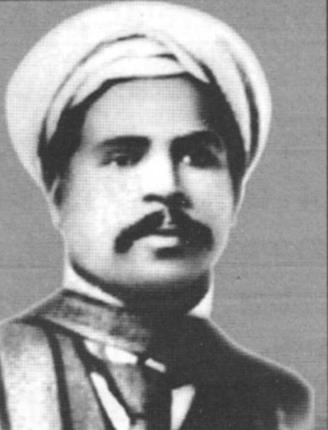
Selvapathy Chetty, a small businessman, took over a sabha his father was running and moved it to D’Mellow’s Road, Perambur, alongside the Buckingham & Carnatic Mills campus, where it was converted into a club of sorts. Moving on from religious discourses and bhajan singing that the sabha had originally offered, it began offering lectures by eminent personalities on a variety of current topics. Then, during the Great War, there were daily discussions on the progress of the war and what it all meant to India. A large number in the audience were mill workers and, before and after meetings, they would pour out tales of woe about the happenings in the mills to Selvapathy Chetty and his friend and fellow trader Ramanujalu Naidu. The two helped many of the workers to write petitions to the management, but, gradually, as they got more involved with the problems of the workers, they began to feel that something formal needed to be organised to negotiate with the mills’ management for the amelioration of the harsh working conditions.
On March 2, 1918, the two organised a public meeting near the mills where several speakers addressed a 10,000-strong audience, mainly of mill workers. Philosophical and religious themes, as advertised, were the subjects of all the speakers bar one, whose topic had only been whispered about. Thiru Vi Kalyanasundaram (ThiruViKa) forcefully urged them to form a trade union; that would be the only way they would get fair treatment, he had argued.
Selvapathy and Ramanujalu next went to meet Annie Besant of New India and invited her to address a meeting where the union would be inaugurated. She was unavailable but B.P. Wadia, her colleague, was. With Wadia presiding, a mammoth meeting was held on April 27, 1918 in Perambur at which the formation of the Madras Labour Union (MLU) was announced. Wadia was its first President, Selvapathy and Ramanujalu its first General Secretaries and ThiruViKa, Sella Guruswamy Chettiar and Dewan Bahadur Kesavapillai it first Vice Presidents. The Union survives to this day.
It has been claimed that this was the first trade union in India. This claim is perhaps in the context that it is still in existence, its name unchanged, and was formed as an organisation in rather formal circumstances. A year earlier, a union had been formed by mill workers in Ahmadabad, but from reports I’ve heard, it did not survive for long nor did it have a formal structure.
As far as the MLU is concerned, if I had to pick a founder, I would choose Selvapathy and Ramanujalu as its joint founders, though from what I’ve heard the latter would have most likely given the honour to the former.
Singaravelar was undoubtedly a fellow-traveller with this group when it came to trade unionism, but he was more a political figure. He was associated with the Congress Party, but broke with it over differences with Gandhiji, and, on May 1, 1923, at what was then the High Court Beach and Triplicane Beach, he announced the formation of his Labour Kisan Party of Hindustan and wanted May 1st declared a holiday. And, so, May Day, International Workers’ Day, came to India thanks to Singaravelar. He next helped form the Communist Party of India (CPI) over whose founding he presided in 1925. Then he broke with the Communists and became associated with the Self-Respect Movement and its overtones of Dravidian politics.
But thereafter, with age catching up, he gradually faded from the political scene, though maintaining an interest in all the causes he had espoused.
*****
An architect’s story
My quest for information about J.R. Davis of Prynne, Abbott and Davis (Miscellany, April 21) brought me much information from P.T. Krishnan, who had a latter day connection with a successor firm, and a rather rude phone call from a reader who refused to send me his information in writing, which is the only way I like it as I am averse to long telephone calls that necessitate taking notes I’m hard put to later decipher.
From what Krishnan and I have been able to piece together, it would seem Prynne, Abbott and Davis (PAD) had its beginnings in one of the first firm of architects in Madras, Jackson and Barker, who set up practice around 1922. They were responsible for converting the Spencer’s-owned Connemara Hotel’s building, that at the time resembled something better suited to a forest lodge, into a then modern hotel building that reflected a classical art deco style. The remodelled Connemara opened in 1937 to rave reviews. Today’s façade and much of the main block are what Jackson and Barker bequeathed to the Connemara.
Shortly before World War II, H.F. Prynne took over Jackson and Barker when the partners were planning to return to the U.K. Prynne, curiously, was no architect; he was the Governor’s ADC. And his first architectural work, so to speak, was to convert the stables of his house on College Road into his firm’s offices. He was joined by Abbott and Davis. It is stated that Abbott never took his place with the firm, passing away during his journey to India. When Prynne went back to England in the early 1950s, Davis stayed on and ran the firm till the 1960s, when Kiffin-Petersen and Bennett Pithavadian (whose father changed his name from Fenn to Pithavadian), who had worked for the firm, took it over. Amongst the best buildings PAD designed were the University of Madras’s Library and Teaching (Clock Tower) Block and the Centenary Building, both raised in harmony with Senate House. If Abbott never made it to Madras, the bespectacled person explaining the Centenary Building’s model to Prime Minister Nehru in my 1957 picture today must have been Davis, though the University has named him as Abbott in a caption it has used. Davis was also responsible for the Bombay Mutual Building and Dare House on N.S.C. Bose Road.
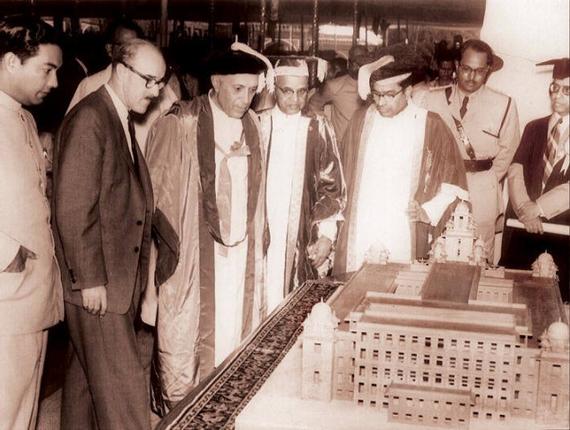
Another noteworthy building the firm did design was Adyar Villa in Kotturpuram, the assignment for his home being given to it by M.A. Chidambaram, who was a good friend of Davis. The design, however, was by Kiffin-Petersen, an Australian, who favoured the Spanish villa style that Florida’s Palm Beach had made famous in the 1930s. Many of the corporate houses in the Boat Club area too were designed by him. Davis returned to England in the early 1960s before construction of Adyar Villa started and the building was raised during the Petersen-Pithavadian partnership that succeeded Davis.
When Kiffin-Petersen left Madras in the late 1960s, Prynne, Abbott and Davis was taken over by Pithavadian who ran it as a proprietorship. Then, in 1972, he took in partners and renamed the firm Pithavadian & Partners. Of Pithavadian Krishnan, who had worked with him, says, “A McGill University, Canada, graduate, he was a modernist more concerned with the problems of a poor country and used his civil engineering skills to produce functional and economical buildings. He won the President’s Gold Medal for the design of a low-cost house during the early years of his practice.” Later, however, he was responsible for another type of landmark in Madras, the IOB Building, “the first highrise in Madras responding to principles of designing for the tropics.”
I’d be glad to hear from my caller who prefers telephone-chat to writing if he has anything more to add to this — provided he sends it in duly written.
*****
When the postman knocked…
– A copy of Ravenshaw’s 1822 map of Madras is with P.T. Krishnan and, he tells me, the five boundary pillars of the second esplanade, the one beyond the New Town Wall (Miscellany, April 14), are marked on it. Only, the present site of the Washermenpet Police Station is nowhere near where the boundary marker is shown on that map. The plaque had obviously been moved, as I had conjectured. Krishnan also tells me that the boundary markers also indicate on the map the boundaries of Royapuram, Tondiavoodu (Tondiarpet) and Washermenpet. Three paths led out of gates in the Wall and crossed the esplanade. These paths became, from west to east, Tiruvottriyur High Road, Monegar Choultry Road, and Mannarsamy Koil Street. Their gates, I reckon, would have respectively been what were called Ennore Gate, Trivatore Gate and Pully Gate. I look forward to more details of this area from Krishnan.
– Dr. R.V. Rajan (Miscellany, April 21), writes Dr. P.S. Venkateswaran, had studied to become a surgeon and went to England where he got his FRCS, but got interested in Venereology and became an internationally recognised expert on the subject. Dr. K.S. Sanjivi, who was part of Dr. RVR’s intellectual circle, retired as Professor of Medicine and was awarded the Padma Bhushan. But in what must be a unique record, Dr. Sanjivi’s brothers, Prof. K. Swaminathan and Dr. K. Venkat Raman, were also awarded the same honour. Swaminathan, Professor of English at Presidency College, turned to journalism after he retired and then became the Chief Editor of the 90-volume Collected Works of Mahatma Gandhi. Dr. Venkat Raman retired as the Director of the National Chemical Laboratory. As for Dr. RVR, as already mentioned, he went on to become the first Indian Dean of the Madras Medical College, but, points out Dr. Venkateswaran, it was a designation that came into being after the term ‘Superintendent’ had been done away with. Two Indians had served as Superintendents, Col. Pandalai and Dr. Sangam Lal. Dr. Rajam lived on G.N. Chetty Road in a house that has now given way to Ankur Plaza. As was the vogue those days, it was “a sort of semi-circular house (art deco?) with many doors. Dr. Rangachary’s house had 16 doors; Dr. Rajam had fewer.”
source: http://www.thehindu.com / The Hindu / Home> Features> MetroPlus> Society / Madras Miscellany / by S. Muthiah / Chennai – May 04th, 2014
